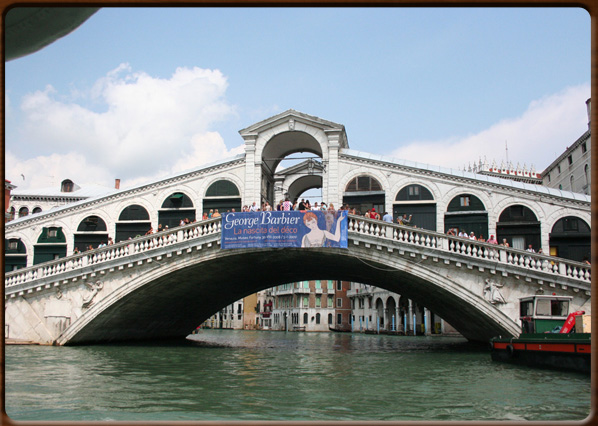
Rialto Bridge
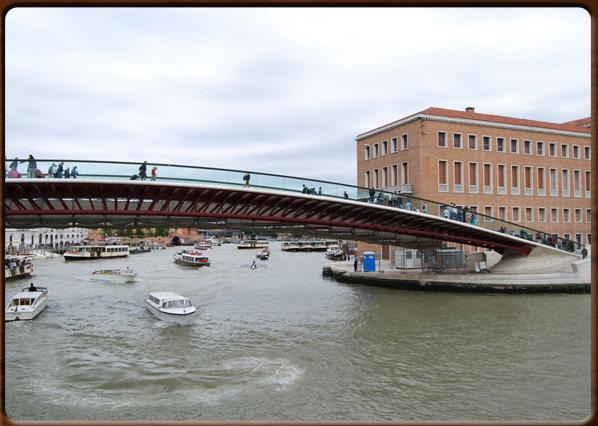
S. Calatrava's Constitution bridge
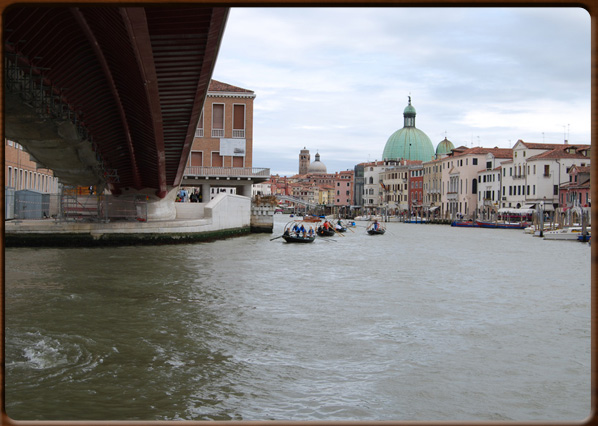
The Canal Grande under the Ponte della Costituzione
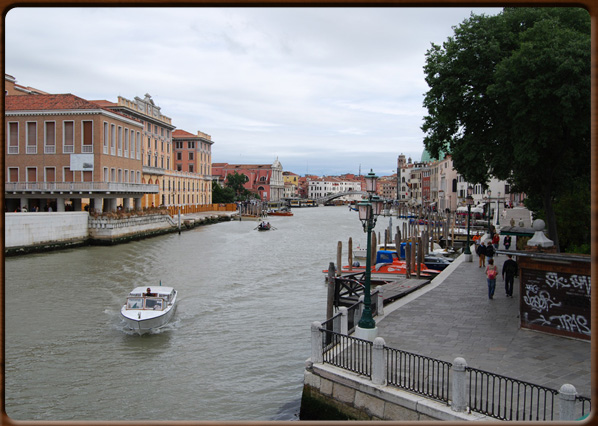
The Canal Grande from Papadopoli's Gardens
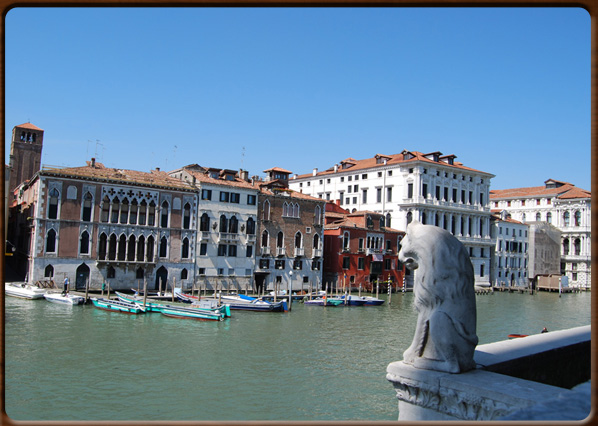
The Canal Grande seen from the Cà d'Oro
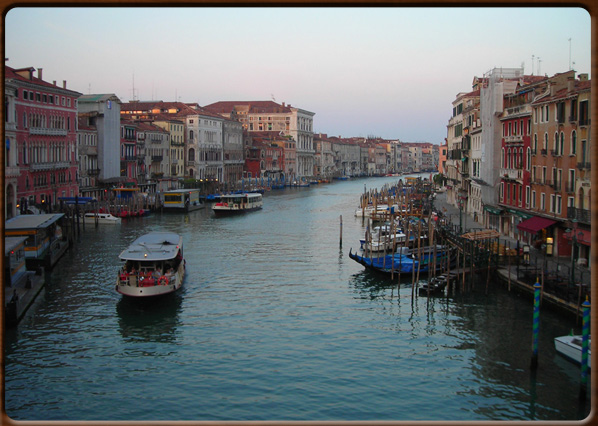
...from the Rialto bridge
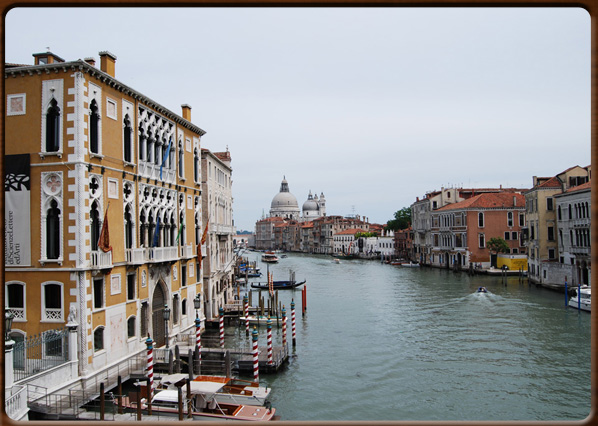
...from the Accademia bridge







No video
The Canal Grande (or Canalazzo, as the Venetians affectionately call it) is a natural canal formed over the centuries by the trench created by an old river running into the sea and the flood tide. It is about 3800 metres long and 5 metres deep, while its width varies from 30 to 70 metres.
The “S” shaped Canal Grande divides the city of Venice into two. Originally it was used like a portuale harbour for goods arriving by sea to be sold at the Rialto market.
A vital centre for the State’s trade until the Middle Ages, the Canal Grande gradually became the favoured position for the rich merchants and
A trip today along the Canal Grande by “vaporetto” (water-bus) or
In fact, starting from the North-East at Piazzale Roma and the railway station, both sides of the canal are flanked by splendid palaces and buildings, such as Palazzo Labia, the Fondaco dei Turchi, the Deposito del Megio, Ca’ Vendramin Calergi, Ca’ Tron, Cà Pesaro, the Ca' d'oro, Cà Da Mosto, Fabbriche Nuove of Rialto, the Fondaco dei Tedeschi, Riva del Vin, Ca’ Grimani, Palazzo Pisani, Ca' Foscari, Palazzo Grassi, Ca' Rezzonico, as well as various churches, such as S. Marcuola, San Stae, Santa Maria della Salute.
With its four bridges, the most famous being the
With its four bridges, the most famous being the Rialto Bridge, Canal Grande is still the main waterway in Venice, where many of the traditional Venetian ceremonies and festivities take place, such as the Historic Regatta.
Today’s huge increase in tourism and, needless to say, motor boats mean that several problems now afflict the Canal Grande, such as high levels of pollution and surging long wave (“onda lunga”).
1600 - 1700 - - rev. 0.1.16